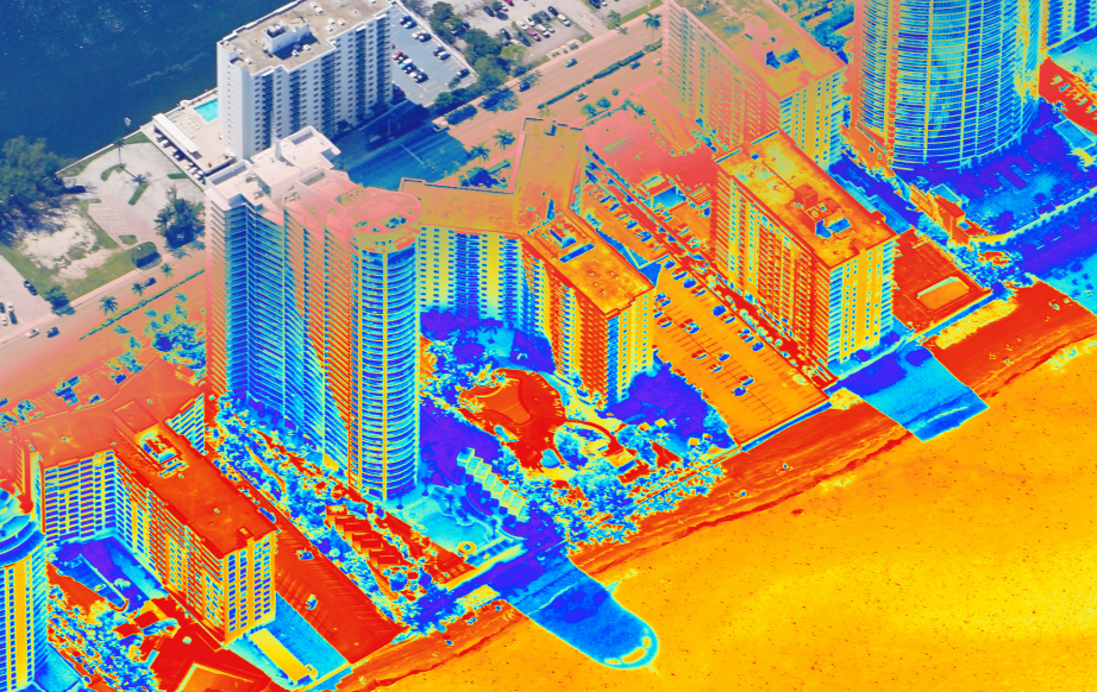#Alternativeasset, #Futuremobility, #Infraestructure, #Technology
VTOL (Vertical Takeoff and Landing) vehicles have emerged as a technology with immense potential to revolutionize urban transportation and combat climate change. These vehicles offer efficient and emissions-free air travel, presenting an opportunity to alleviate urban congestion, reduce carbon emissions, and enhance freight logistics, thereby contributing to a more sustainable future.
In light of the emergence of VTOL technology, real estate developers find themselves presented with a range of opportunities. Firstly, they can identify suitable locations within cities to construct vertiports or heliports, which would serve as essential hubs for passenger and cargo transportation. The development of such facilities would necessitate infrastructure planning and construction.
Additionally, the advent of VTOLs creates a demand for mixed-use developments that seamlessly integrate residential, commercial, and transportation infrastructure. Real estate developers can capitalize on this demand by designing and constructing properties tailored to the needs of VTOL users, providing convenient access to vertiports, landing pads, and parking facilities.
The development of VTOL infrastructure also opens doors to urban regeneration initiatives. Real estate developers can transform underutilized areas into desirable locations for vertiport construction, accompanied by complementary commercial or residential developments. This approach not only revitalizes the urban landscape but also maximizes the potential of VTOL technology.
Furthermore, VTOLs can significantly enhance connectivity and reduce travel times between urban centers. Real estate developers can leverage this opportunity by creating transit-oriented developments that seamlessly integrate VTOL hubs with existing transportation networks. Such developments facilitate convenient access for residents and commuters, fostering efficient and interconnected urban environments.
To cater to the growing demand for VTOL accessibility, real estate developers can explore innovative building designs, incorporating features like rooftop landing pads or dedicated VTOL parking facilities. By adopting this forward-thinking approach, developers can attract tenants and businesses seeking VTOL accessibility, enhancing the overall appeal and competitiveness of their developments.
By capitalizing on these emerging opportunities, real estate developers can position themselves at the forefront of the VTOL revolution. By creating attractive, sustainable, and futuristic developments that cater to the evolving needs of urban transportation, they can contribute to a more efficient, connected, and environmentally conscious urban landscape.
Check the 2min video here: bit.ly/46wqekb

Climate-risk analytics help real estate professionals manage physical risks like extreme weather and sea-level rise.
Accessibility Tools